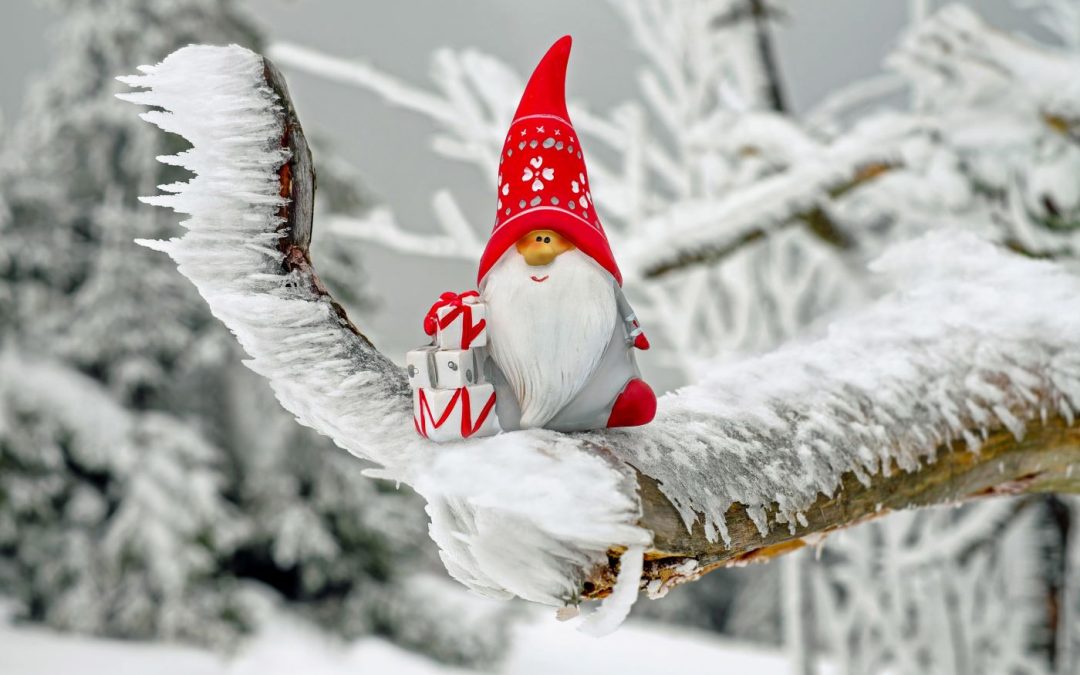
Christmas is a time of joy, but also of questions. Who actually brings the presents on Christmas Eve? Is it Santa Claus or the Christ Child? In this article, you can find out more about these two figures, their differences and their traditions in different regions of Germany and Austria.
Santa Claus: an old man with a sleigh
Santa Claus is a figure who brings presents to children on December 24, Christmas Eve
He is usually depicted as an old man with a long white beard, a red coat, a red hat, a large sack full of presents and a sleigh pulled by reindeer.
Santa Claus originally comes from northern Europe, where he is known as Saint Nicholas, Santa Claus, Père Noël or Father Christmas.
He is based on the historical Bishop Nicholas of Myra, who lived in what is now Turkey in the 4th century and was famous for his charity and love of children.
Santa Claus was popularized in the 19th century through the poems of Clement Clarke Moore and the illustrations of Thomas Nast, which described him as a jolly and friendly fellow.
Santa Claus is particularly widespread in the USA, Great Britain, France, Scandinavia and parts of Germany.
The Christ Child: a young angel with wings
The Christ Child is another figure who brings presents to children on December 24, Christmas Eve.
He is usually depicted as a blonde angel with a white robe, a golden wreath of stars, wings and a candle in his hand.
The Christkind originally comes from southern Germany, where it is known as Christkindl, Christkindle or Christkindlein.
It is based on the biblical baby Jesus, who was born on December 25, Christmas Day, and was given presents by the shepherds and the Three Wise Men.
The Christ Child was introduced in the 16th century by the Reformation of Martin Luther, who rejected the Catholic custom of celebrating Saint Nicholas on 6 December and instead emphasized the infant Jesus as the true giver of Christmas gifts. The Christ Child is particularly widespread in Germany, Austria, Switzerland, the Czech Republic, Hungary, Slovenia and parts of South America.
How are Santa Claus and the Christ Child celebrated in Germany and Austria?
In Germany and Austria, there is both Santa Claus and the Christ Child, depending on the region and denomination.
Santa Claus is mostly found in the northern and Protestant areas, the Christ Child in the southern and Catholic areas.
Santa Claus brings the presents to the children on Christmas Eve after ringing the doorbell. He asks the children if they have learned a poem or a song and praises or reprimands them. The children also put a plate of cookies or gingerbread for him, which he likes to eat.
The Christ Child brings the presents to the children on Christmas Eve while the children are in another room. He rings a bell to call the children, who then find the presents under the Christmas tree that the Christ Child has decorated. The children thank the Christ Child with a prayer or a song.</p
Conclusion
Santa Claus and the Christ Child are two different figures who both enrich the Christmas season. They have different origins, appearance, behavior and distribution, but they also have some things in common. They both bring presents to children, they both love children, and they both symbolize the joy of Christmas.</p
Whether you believe in Santa Claus or the Christ Child, or both, or neither, we wish you a Merry Christmas and lots of fun discovering German culture.
Maybe you’d like to visit Germany or Austria to see for yourself how Santa Claus or the Christ Child are celebrated. See you soon!
***********************
Would you like to improve your German quickly?
If you want to learn or perfect your German in Germany or Austria, we have a wide selection of language schools for every need and size on offer.
Here you can find all our programs in Germany and Austria:
German courses for children and teenagers
If you’re not sure which city or language school is right for you, just get in touch with us and together we’ll find the best solution for you!







